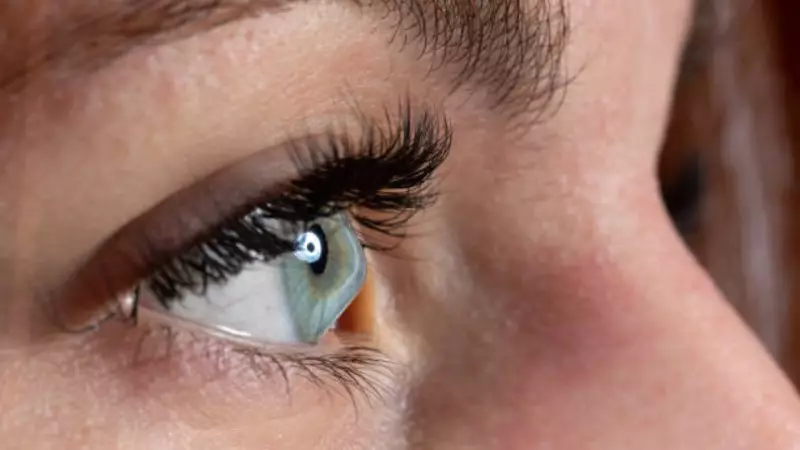
In today's digitally dominated lifestyle, eye disorders are witnessing a significant surge across India. The constant exposure to screens and changing lifestyle patterns have made vision health a pressing concern for medical professionals nationwide.
Understanding Keratoconus: The Silent Vision Threat
Keratoconus represents a progressive corneal disorder where the cornea gradually thins and develops a cone-like bulge. This abnormal shape disrupts how light focuses on the retina, leading to blurred vision and visual distortion. While this condition can manifest at any age, it predominantly emerges during adolescence or early adulthood.
The mean age for diagnosis typically centers around 16 years, with the highest incidence observed in the 20-29 age group. This timing makes it particularly concerning for students and young professionals who are most exposed to digital devices and academic pressures.
Recognizing the Warning Signs
During initial stages, keratoconus often masquerades as common refractive errors, making early identification challenging. Many patients discover their vision isn't improving despite frequent changes in their glasses' prescription.
Early indicators include blurry vision, heightened light sensitivity, persistent eye strain, and recurring headaches. As the condition advances, patients might experience double vision and notice halos around light sources.
Given the subtle nature of these symptoms, they're frequently misinterpreted or ignored, emphasizing the critical importance of regular, comprehensive eye examinations for timely detection.
Advanced Screening and Treatment Options
Routine eye examinations that incorporate keratometry, dilated refraction, detailed eye assessment, corneal thickness measurements, and corneal topography can identify keratoconus in its earliest phases.
Corneal topography has emerged as a crucial diagnostic tool, mapping the cornea's curvature and revealing irregularities invisible during standard vision testing. This quick, painless, and non-invasive procedure enables ophthalmologists to initiate prompt treatment, preserving vision and preventing progression to severe disease stages.
Treatment strategies vary according to the condition's progression. Early stages often respond well to glasses or soft contact lenses. As corneal irregularity increases, specialized lenses including rigid gas permeable lenses, hybrid lenses, or scleral lenses become necessary for clearer, more stable vision.
Corneal collagen cross-linking (CXL) stands as a revolutionary advancement in keratoconus management. This procedure utilizes ultraviolet light and riboflavin (vitamin B2) to strengthen corneal fibers and halt thinning progression. When performed at the appropriate time, cross-linking can stabilize the condition and potentially prevent the need for more invasive procedures later.
In severe cases involving scarring or advanced thinning, corneal transplantation might become necessary to restore vision. Patients receiving early diagnosis enjoy significantly better prognosis, maintaining visual acuity and independence while having access to broader treatment options.
Prevention and Awareness: The Way Forward
Creating awareness among parents, educational institutions, and young adults can dramatically improve early diagnosis rates. Simple lifestyle adjustments such as managing allergies effectively, avoiding eye rubbing, and prioritizing routine eye examinations can make substantial differences in prevention.
Early screening, timely intervention, and increased awareness serve as powerful tools for protecting vision and maintaining quality of life, according to Dr Ranjitha C.S., Cornea Specialist, MBBS, MS, FRCs (Glasgow) FCRS (RGUHS), Assistant Professor at Minto Ophthalmic Hospital BMCRI, Bengaluru, Karnataka.
As digital dependency continues to grow across Indian cities, including metropolitan centers like Bengaluru, proactive vision care becomes increasingly essential for safeguarding the eye health of the nation's youth.





